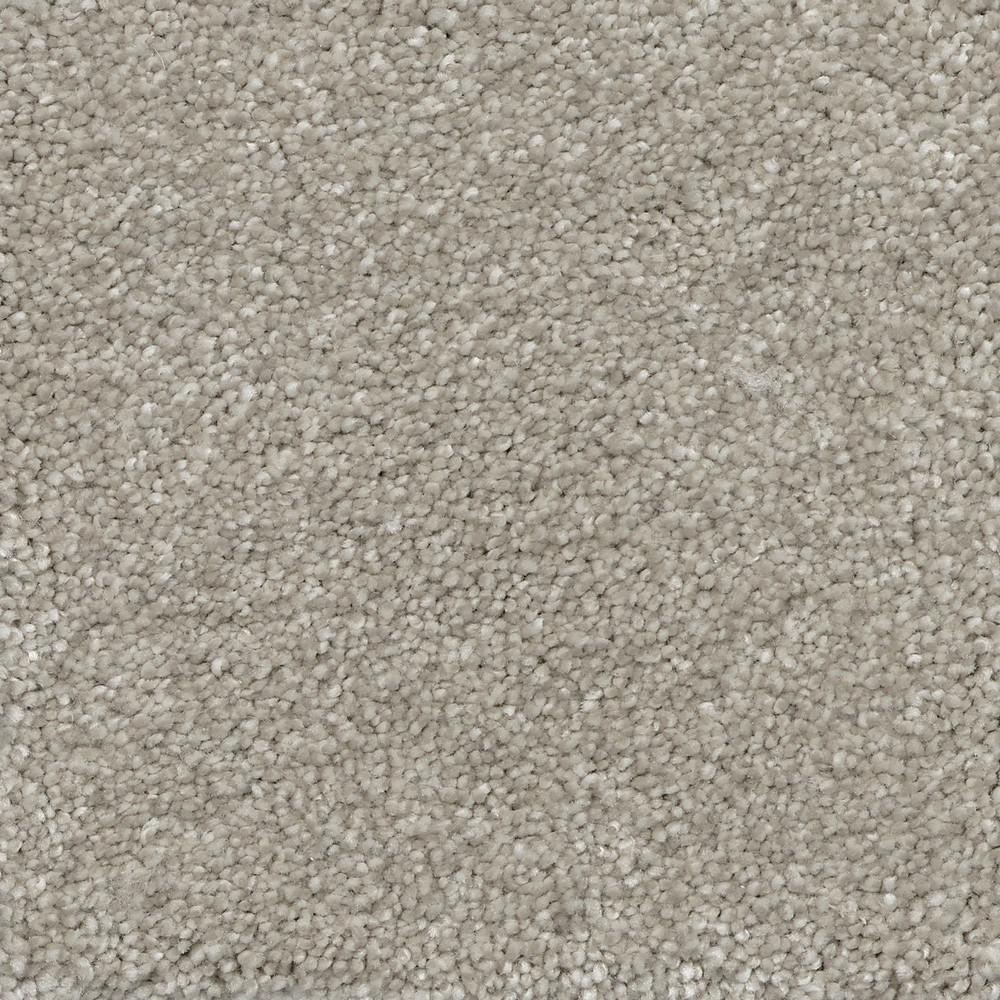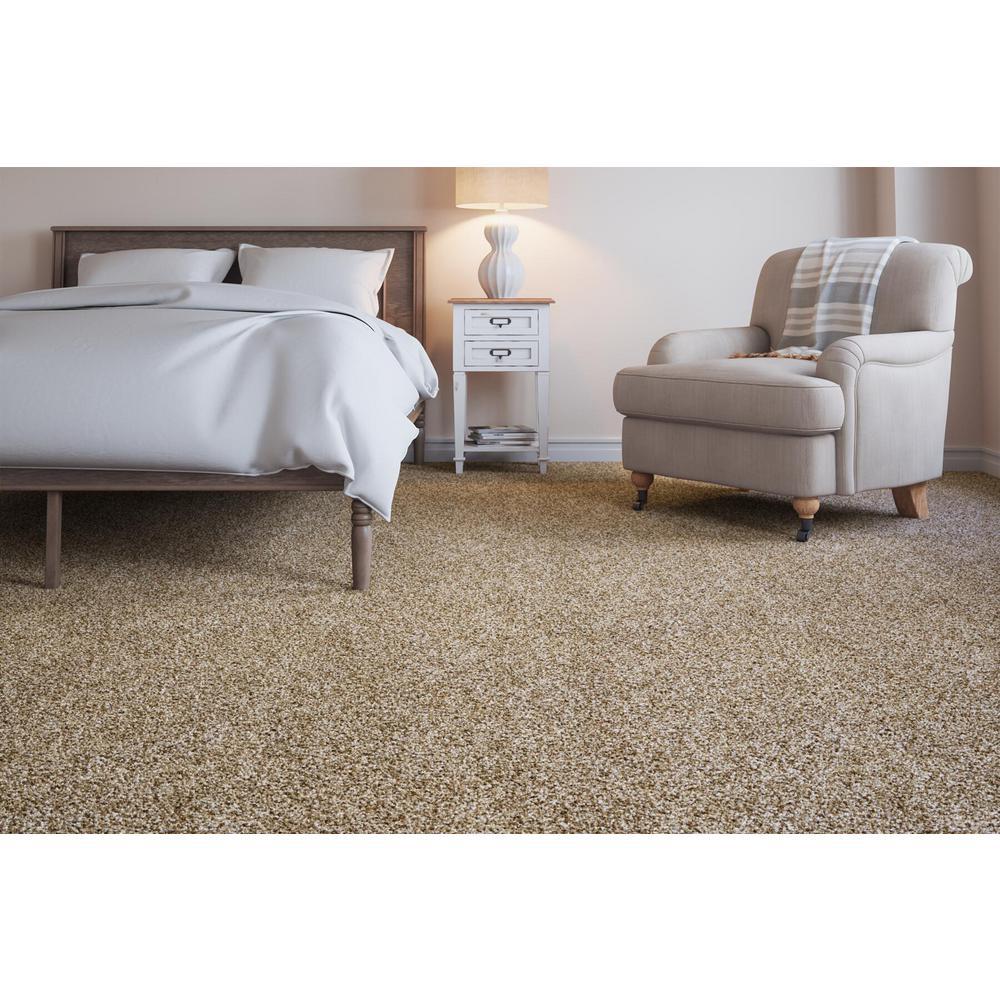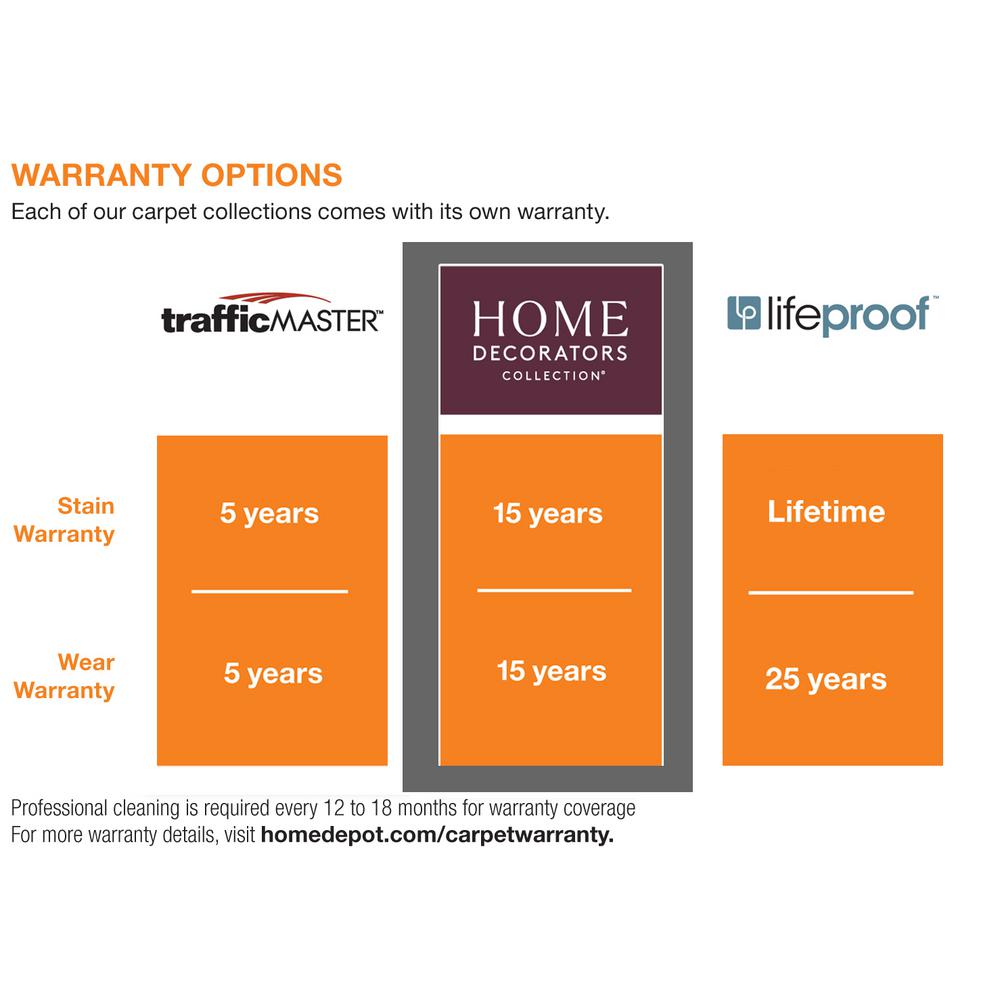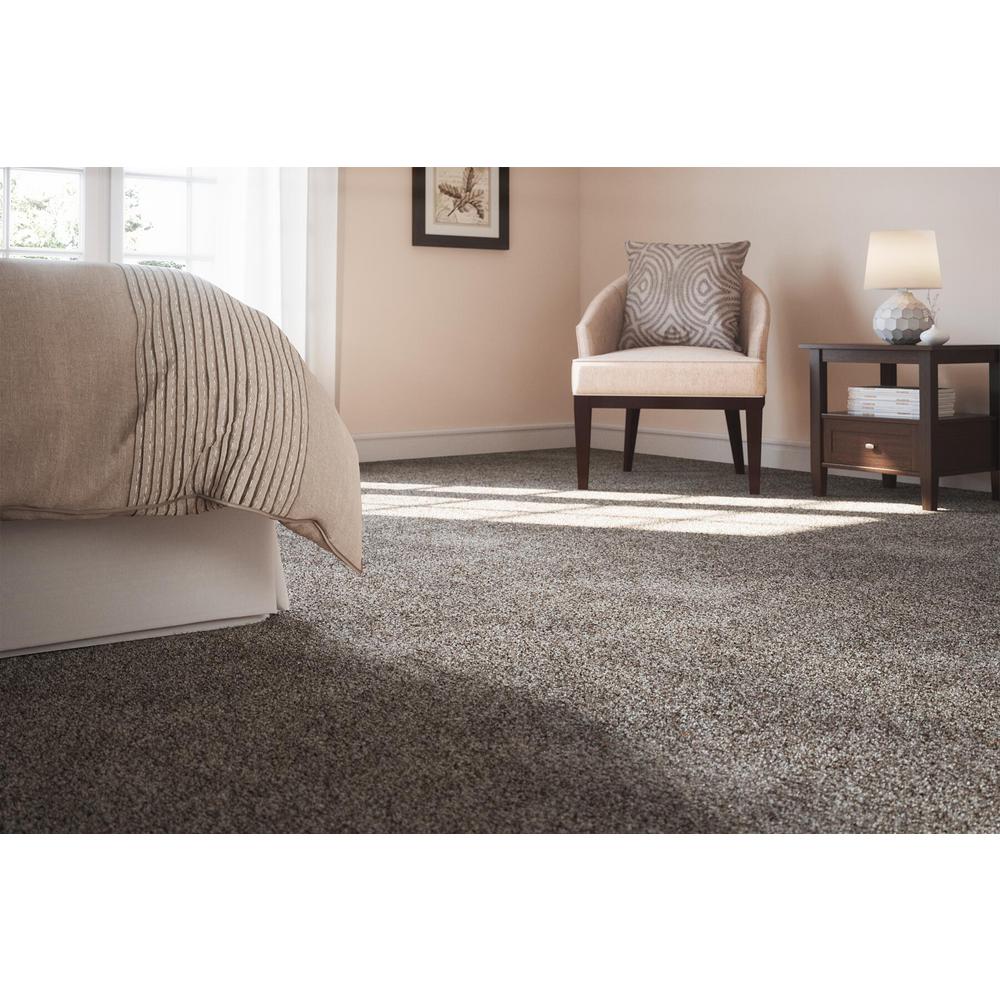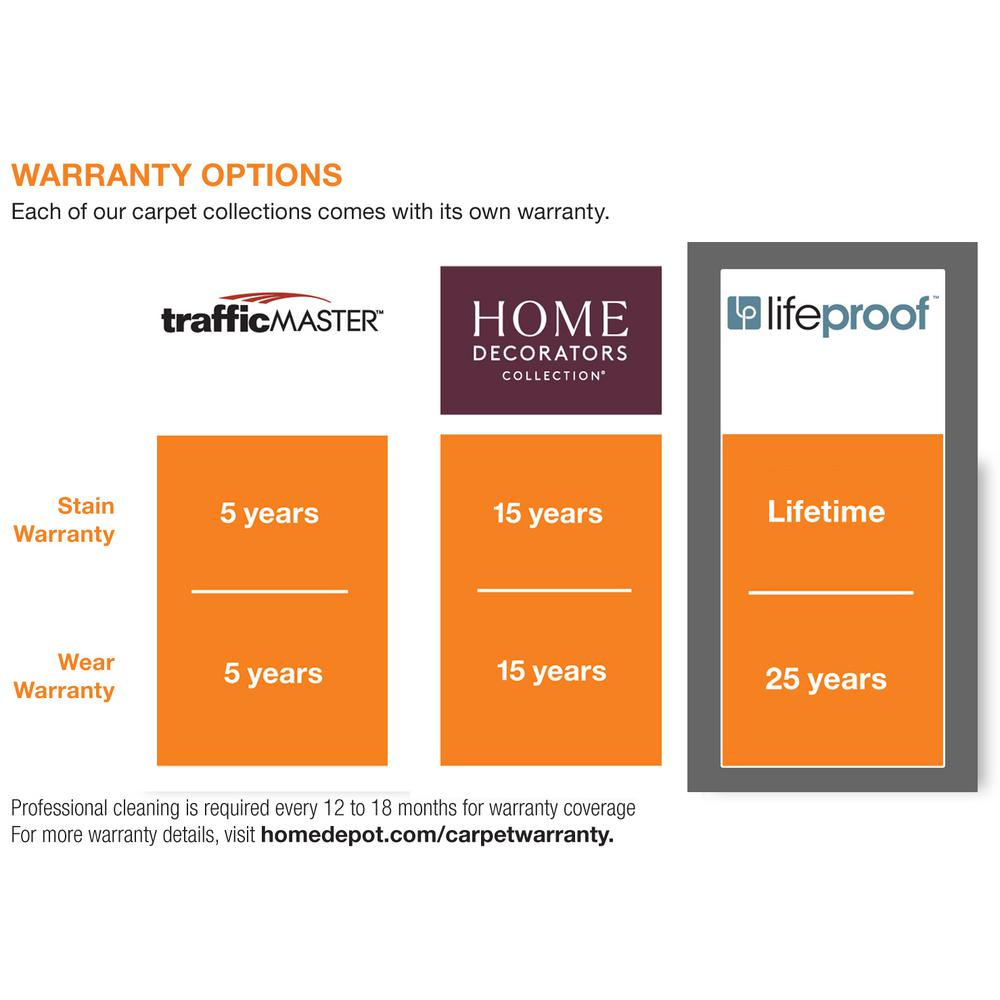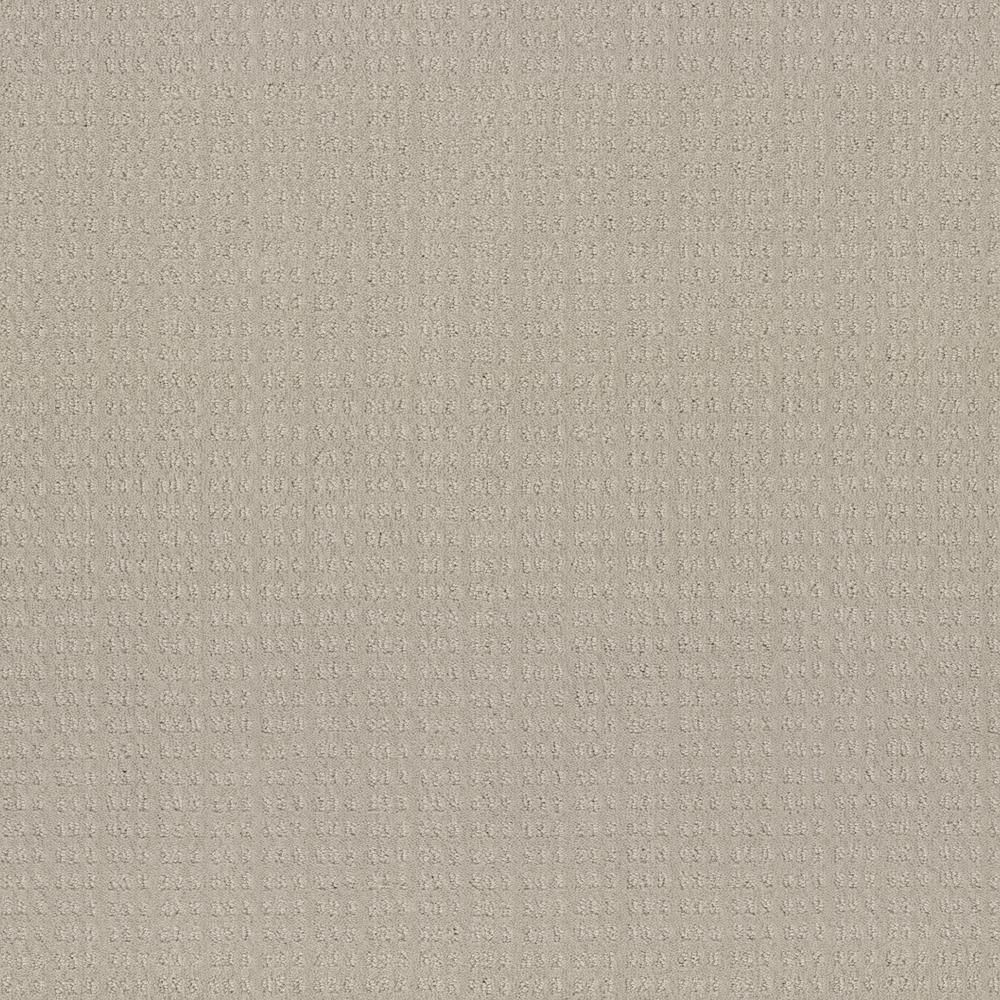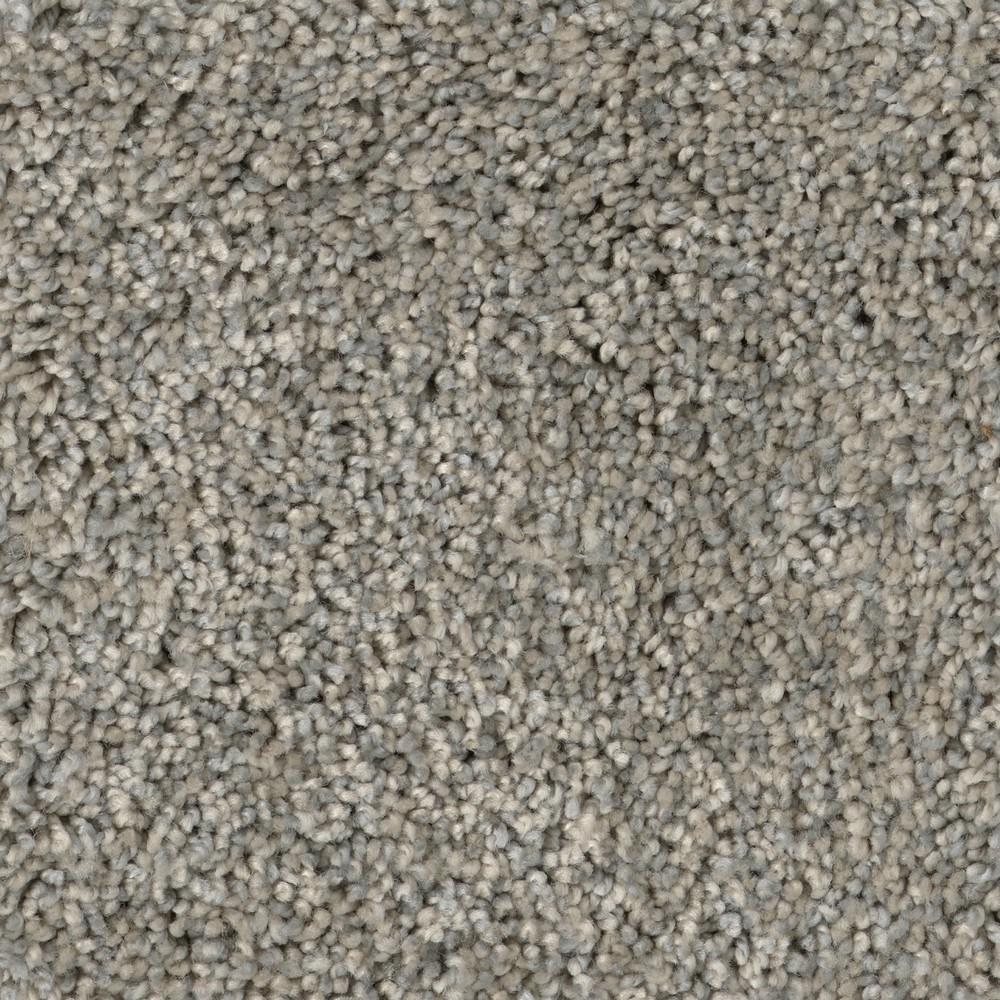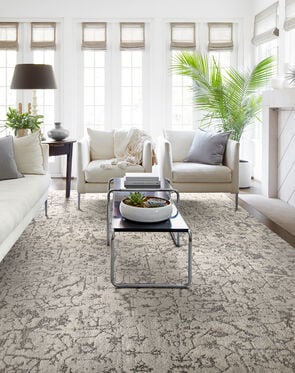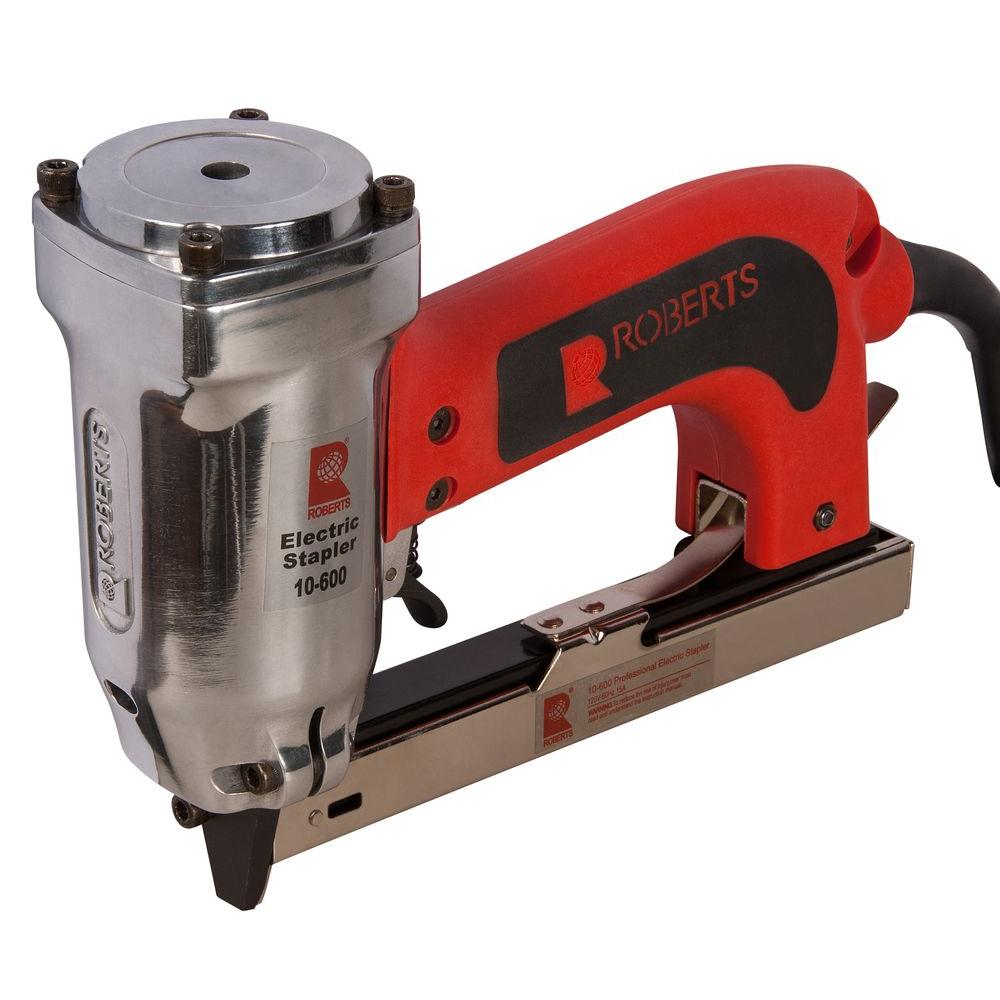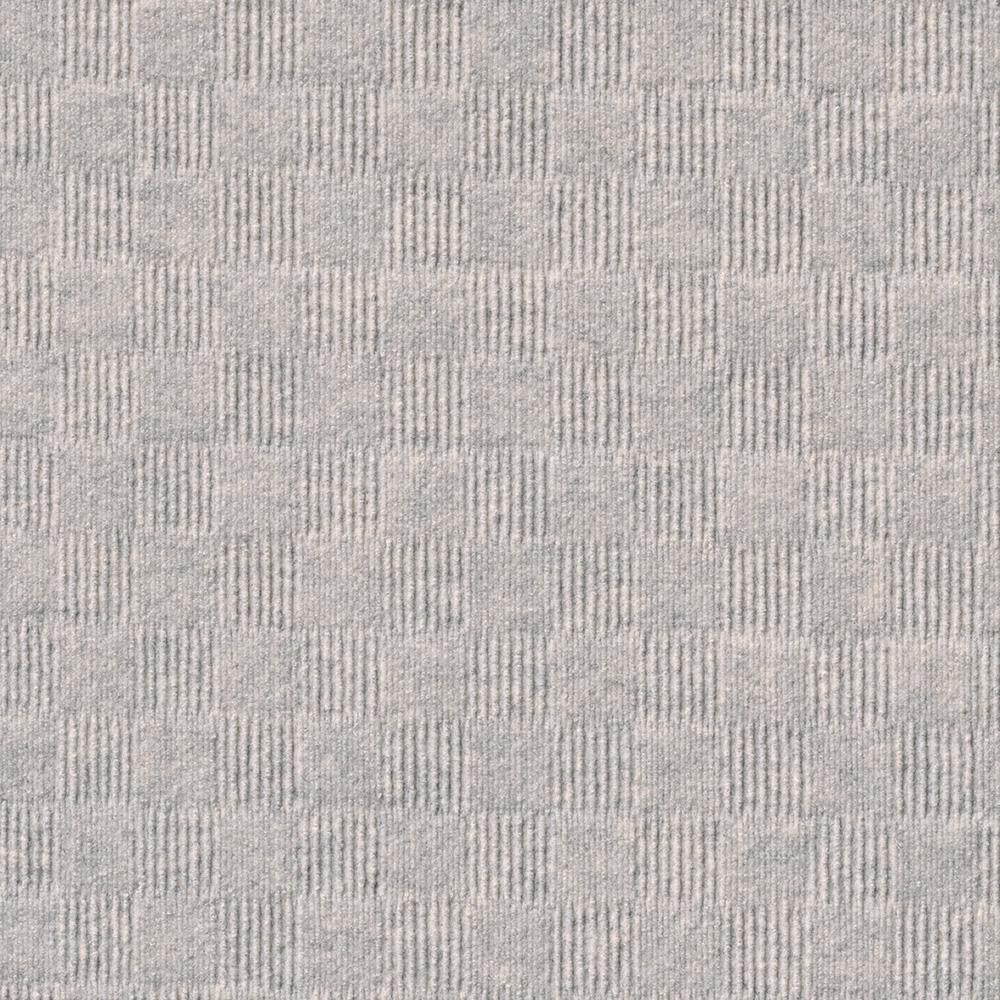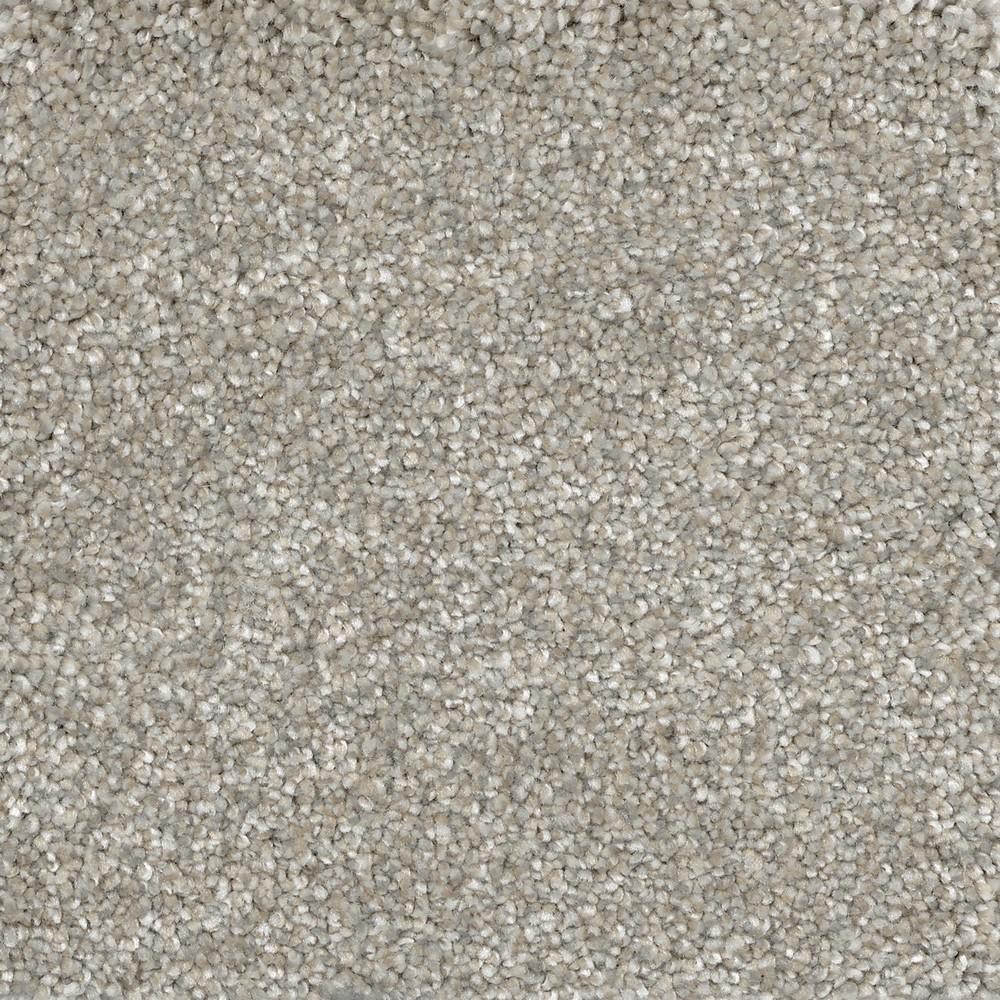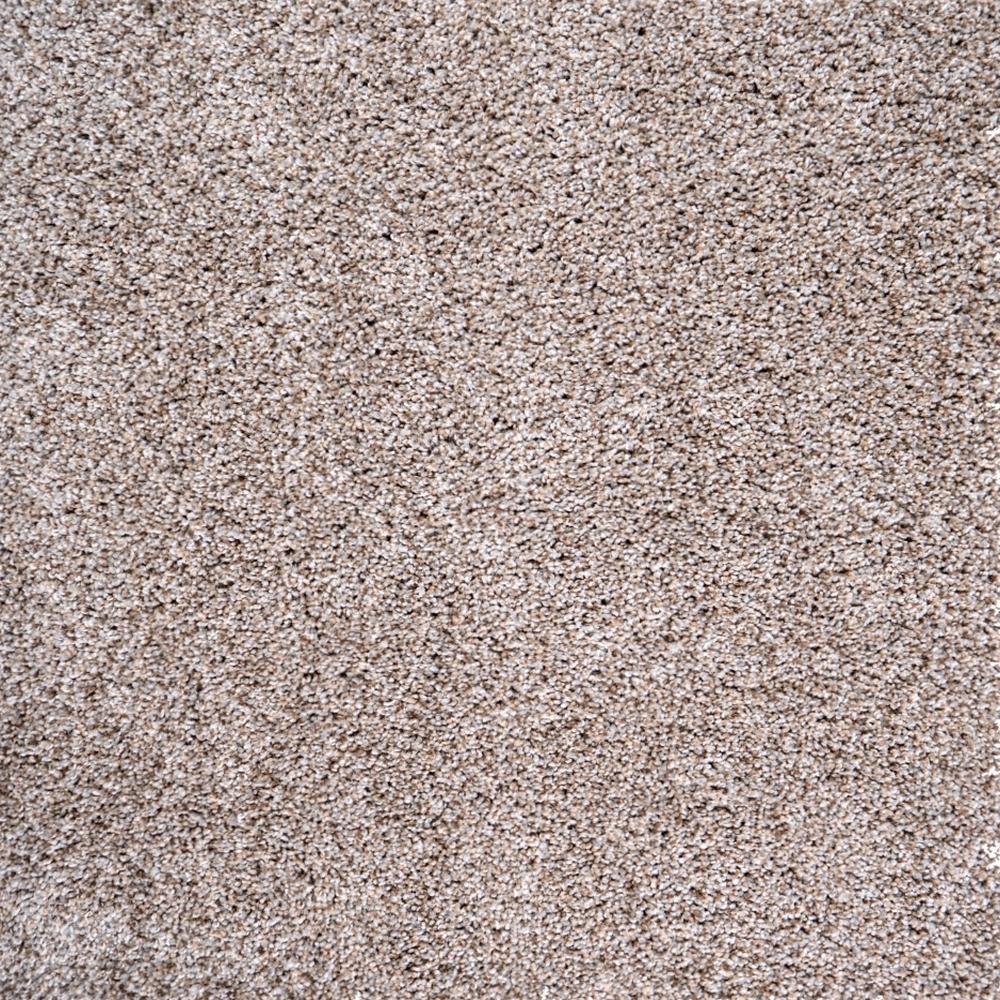5 64 Gauge Carpet

Learn live explore the collection.
5 64 gauge carpet. Explore our latest collections and styles of carpet tile broadloom woven and more. Density refers to how thick the fibers are and how closely packed they are onto the carpet backing. 5 64inch gauge automatic best iranian carpet made tufting weaving machine weaves for iran find complete details about 5 64inch gauge automatic best iranian carpet made tufting weaving machine weaves for iran tufting machine for iran carpet made tufting machine automatic best iranian carpet made tufting machin from nonwoven machines supplier or manufacturer chl industrial development co limited. Gauge 5 64 stitches rows per inch 9 80 in pile thickness astm d5848 0 075 1 85 mm average pile height 0 140 4 mm fiber system dynex sd nylon stain resist dye method solution dyed.
You get it now. The higher this number the denser the carpet. Gauge 5 64 stitches rows per inch 10 in pile thickness astm d5848 0 100 2 49 mm average pile height 0 185 5 mm fiber system dynex sd nylon stain resist dye method solution dyed secondary backing. Appropriate for any commercial application.
Extra heavy traffic conditions require a density of 5 000 or more. Carpet rule 2. You can have a carpet with virtually no twist or one with 5 twists. For example a 1 8 gauge carpet has eight tuft rows per inch of width and a 1 10 gauge carpet has 10 rows per inch of width.
However the two areas are closely related. China 5 64 gauge multi level loop carpet tile 100 pp find details and price about china pp carpet tufted carpet from 5 64 gauge multi level loop carpet tile 100 pp zhejiang xingyue carpet industrial co ltd. For example a 1 8 gauge carpet has eight tuft rows per inch of width and a 5 32 gauge carpet has 6 4 rows per. So a 1 10 gauge carpet with 10 stitches per inch means there are 100 stitches in one square inch of the carpet.
Carpet rule 3. Twist is the number of twists in the yarn per inch. It is the decity of the carpet eg in tufted carpet gauge or the reciprocal of the number of tuft rows per inch of width is a major density factor. Appearance is an aesthetic choice while texture retention is a performance issue.
Density x pile height 36 face weight e g 2160 x 0 50 36 30 in this example what we know is that the pile density is 2160 and the pile height is 0 5 one half inch. We can now use rule 2 to determine the face weight in ounces.

